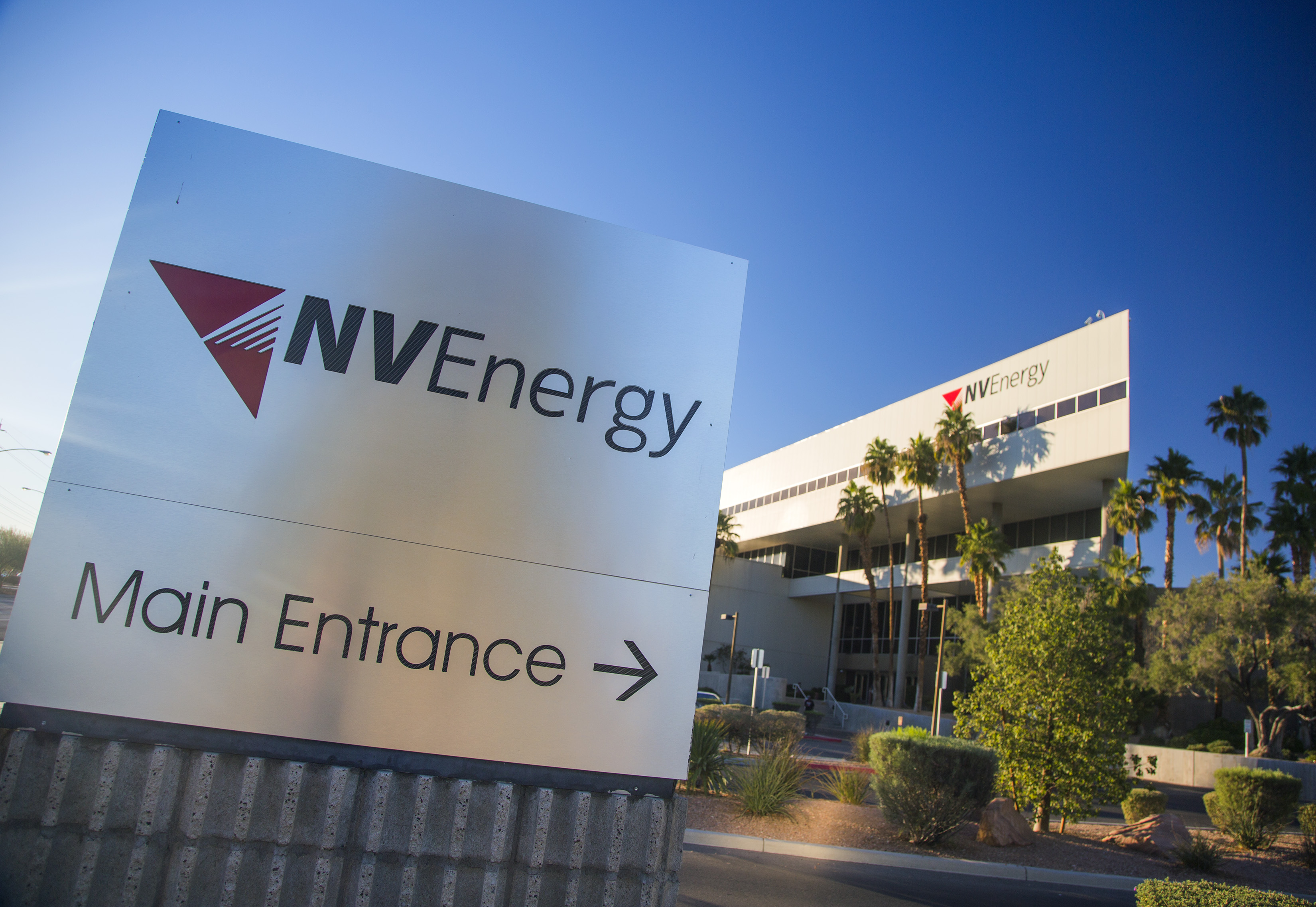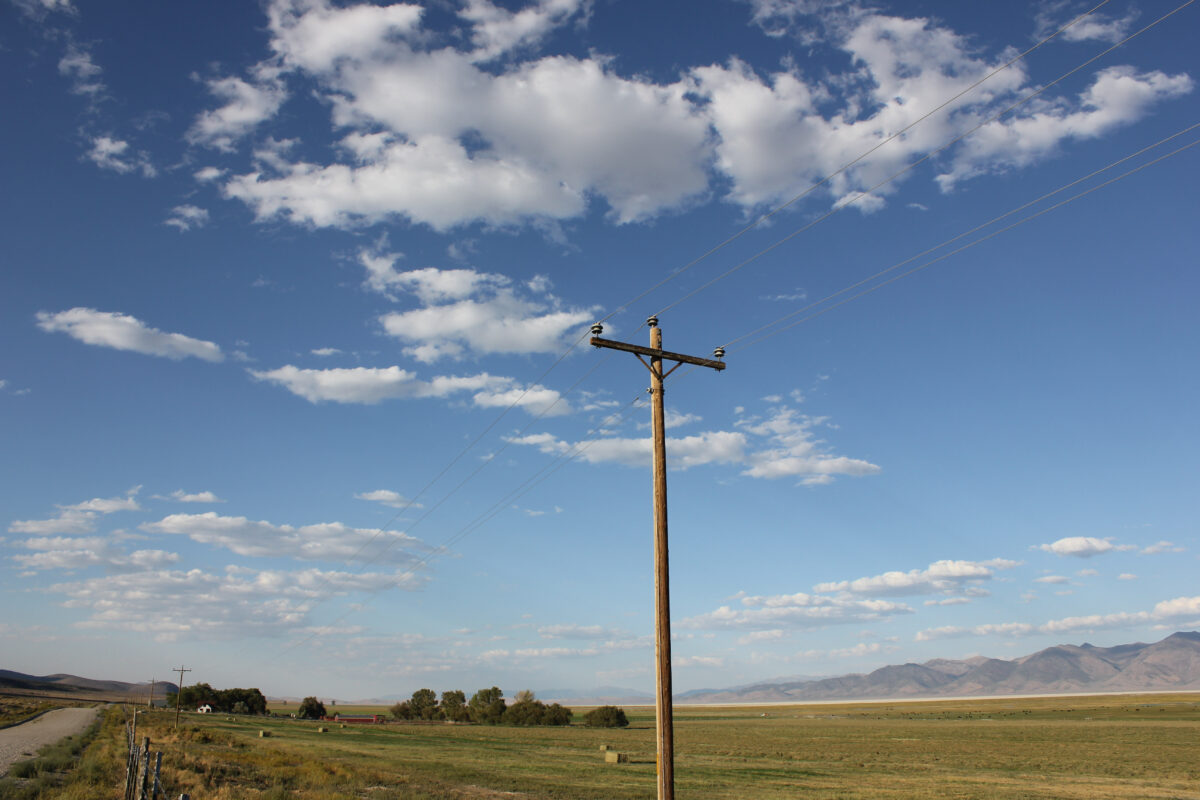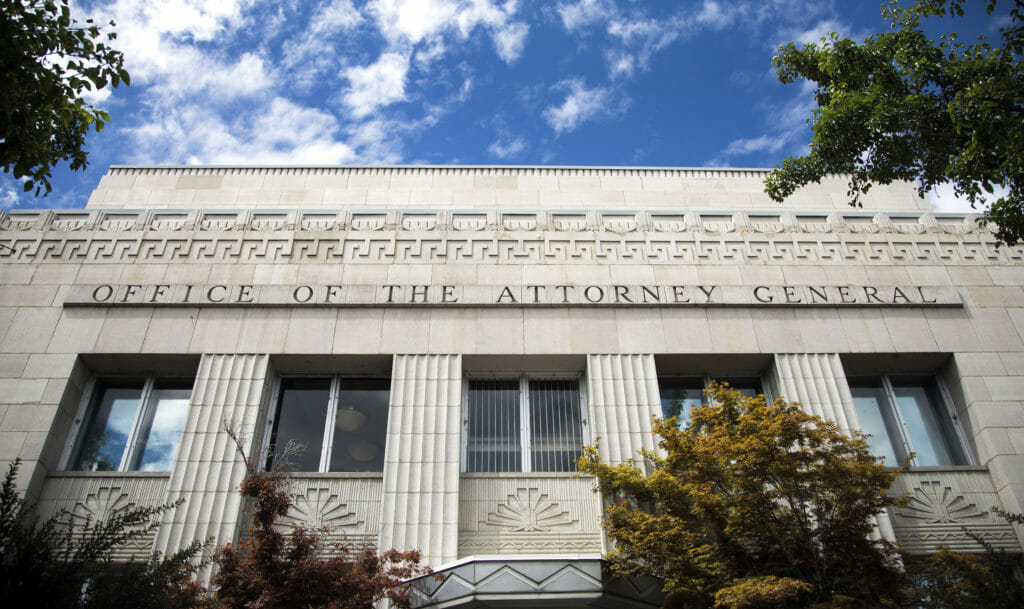As power bills rise, regulatory fight brews over cost of NV Energy's Greenlink project

NV Energy’s planned multibillion-dollar transmission line connecting wide swaths of the state has turned into a regulatory battle between the state electric utility and a watchdog agency over the potential and timing of future rate hikes for customers already grappling with rising power bills.
NV Energy received approval in March from the Federal Energy Regulatory Commission (FERC) for three incentives, or benefits to aid in financing, that would allow it to recoup costs on its proposed Greenlink transmission line, despite objections from a consumer rights group and large customers, including MGM Resorts International.
The company, which is owned by Warren Buffett’s Berkshire Hathaway, defended the move as granting it the ability to spread costs throughout the construction process and initially containing any rate increases to its large, non-bundled customers — a class that includes some of the state’s largest casino companies, who left NV Energy to buy power on the open market last decade but still contract with the utility for transmission services.
But consumer rights advocates and some experts say the costs could end up eventually falling on all of the utility’s ratepayers — including residential customers already looking at having higher electricity bills this summer.
Now, Nevada’s Bureau of Consumer Protection is asking federal energy regulators for a new hearing, saying the commission’s rationale for the incentive misinterpreted state law and did not give sufficient consideration to utility customers. FERC must respond by May 22.
NV Energy, along with many electric utilities, is considered a regulated monopoly. Under state law, they are required to provide electric service to an area and in exchange, are allowed to charge customers for the electric infrastructure through rates. State regulators are responsible for ensuring that the rates set by the utility are fair for customers and allow the company to make a profit.
FERC’s green light, known as an “incentive rate approval,” allows NV Energy to recover the costs associated with the transmission line project even if for reasons outside of the utility’s control it never comes to fruition. The incentive would also defer pre-commercial costs and allow the utility to begin charging non-bundled ratepayers, typically large consumers such as casinos who opt to buy power on the open market, for Greenlink construction costs before the line is operating.
Carolyn Barbash, the vice president of transmission development and policy at NV Energy, said that pre-construction incentive, in particular, would allow the utility to recover costs through smaller incremental rate increases, rather than needing to recover a large sum at the end of construction through a potentially larger rate shock.
“It helps from a financing perspective and a credit rating perspective,” Barbash said in an interview. “And anything that helps us lower our credit rating helps us borrow money cheaper, and every project will be more affordable to customers.”
Ari Peskoe, director of the Electricity Law Initiative at Harvard Law School, said the incentives do not benefit utility customers. FERC’s approval of these incentives is fairly standard procedure, but he said it represents a dereliction of its mission.
“These incentives will raise costs for consumers,” Peskoe said. “The purpose of utility regulation is to encourage the utility to do something beneficial for consumers that it would not otherwise do. That doesn’t seem to be the case here.”
Greenlink’s history
Greenlink Nevada was first proposed in 2020 as 600 miles of transmission lines linking substations between Las Vegas and Yerington from the north to south, and Ely and Yerington from the west to east. NV Energy pitched the project as a job creator and as part of a national effort to improve transmission capacity as states add more renewable energy to the grid.
Barbash said the transmission line is especially necessary to increase transmission capacity in Northern Nevada. As it stands, the region is running out of capacity, meaning more transmission is needed to power growing economic development in the region, as well as lower the state’s overall carbon footprint. It’s part of a broader trend across the West to build more transmission — something NV Energy and supporters say will eventually lead to lower electric costs.
“The whole West needs to get connected so that we can combine solar and wind and all these different resources,” Barbash said. “Overall, everyone's cost should come down under that theory.”


NV Energy received approval for the western line, from Las Vegas to Yerington, from the state’s Public Utilities Commission in 2020, but the regulatory agency told NV Energy to hold off on the northern part of the line, citing fears that the project costs could cause rate shocks.
In 2021, the Legislature approved SB448, sponsored by then-state Sen. Chris Brooks (D-Las Vegas), authorizing NV Energy to construct both lines, provided that the utility completes the project by 2029, and then join a regional transmission organization (RTO) by 2030, linking its transmission to a regional bloc across the West that would facilitate greater renewable energy use.
While the PUC has jurisdiction over bundled ratepayers, customers who opted out of using NV Energy for needs other than transmission and backup power fall under the purview of FERC, given that transactions are wholesale rather than retail and their energy access can involve interstate commerce. These non-bundled customers typically turned to the open market to avoid energy utility fees.
This year, FERC agreed to grant NV Energy the three incentives it asked for, despite protests filed by consumer rights advocacy organization Public Citizen and some of the company’s largest non-bundled customers. MGM Resorts International and Caesars Enterprise Services were concerned that the incentives would raise costs for themselves and other large non-bundled customers.
Tyson Slocum, the director of Public Citizen’s energy program, said he has no gripes with the Greenlink project or the need to build out more transmission infrastructure. He also said it is reasonable for NV Energy to factor the cost of transmission into its rates — but only once the line is operational and providing value to customers.
His issue lies with the fact that NV Energy wants the ability to charge ratepayers increased costs before operation begins, particularly given its ownership by a corporate behemoth.
“[Instead], FERC is like, no, we're going to give one of the best capitalized and consistently most profitable corporations in the history of capitalism all these incentive rates,” Slocum said.
FERC’s approval of the incentives was “sloppy regulating,” Slocum said, on two points. Despite testimony from NV Energy’s CEO in 2021 that customers would not be asked to pay for the line until “five to six years down the road,” the federal energy regulator said there was no clear intent that the company would not immediately seek approval to start charging customers for the cost of the project, Slocum said. Secondly, he said FERC’s decision ignores the RTO element of the 2021 legislation.
For now, Barbash said FERC’s decision only permits NV Energy to charge the 25 percent of their customer base who import and buy power outside of Nevada — typically other utilities or large industrial customers such as casinos.
But that differential treatment changes if NV Energy joins a regional electric market, as state law envisions happening by 2030 unless granted a waiver by state regulators. Joining a regional transmission market would transfer the incentive’s jurisdiction from the state to FERC, making all customers subject to the rate incentives and thereby being charged for an abandoned project or construction, as it progresses.
Barbash defended the incentives, saying they will ultimately protect residential customers from rate shock. Rather than stick all ratepayers with a big bill when the line begins operation, the incentives allow the utility to start paying off the line during construction by charging nonresidential retail customers.
As to the concern about what happens when the utility joins a regional market, she said Greenlink will become operational before NV Energy must make a decision on joining an RTO. It’s too early to know how bringing all customers under federal jurisdiction would affect costs, she said.
“We don't know how that rate structure will look for the regional market,” Barbash said. “That's yet to be designed. The market is yet to be formed.”
To the Berkshire Hathaway ownership point, Barbash said NV Energy is a separate legal entity, with its own finance and credit rating.
In FERC’s ruling, Commissioner Mark Christie, a Republican, said that while he voted to approve the incentive rates, he wants FERC to reevaluate whether such treatments are appropriate, particularly given rising energy costs around the country.
In Nevada, electricity costs are expected to rise sharply this summer, averaging $470 per household this July in Southern Nevada and $212 in Northern Nevada, according to the Bureau of Consumer Protection. Those figures — more than 35 percent higher than last summer in both markets — are among the highestlargest rates in the entire West.
However, those 2023 rates NV Energy sets for consumers have yet to factor in the cost of the Greenlink construction.
Peskoe said the FERC-approved incentives are standard for the agency, which traditionally has a bias toward approving energy projects, even if it goes against the spirit of the relevant law governing FERC, because the incentives authorize inflated returns.
“There's nothing particularly unusual about FERC approving this type of incentive,” Peskoe said. “But at the same time, it does seem the utility wins and consumers lose.”

AG office’s entry
The late-April filing from the Bureau of Consumer Protection, an agency within Nevada Attorney General Aaron Ford’s office, argues that the FERC ruling does not benefit consumers.
First, the request for rehearing says that FERC found Greenlink to be eligible for incentives because the project falls under the jurisdiction of the PUC. But they argue that state energy regulators did not initially authorize construction on the northern part of the line, making the FERC decision to grant incentives worthy of a rehearing.
Second, they wrote that these incentives do not benefit consumers, a factor FERC must consider given language in the Federal Power Act. To rectify this, they want FERC to require NV Energy to estimate how each incentive will affect costs from 2023 through 2028.
The consumer protection bureau also echoed the point that eventual entry into the regional market, as envisioned by law, would subject all ratepayers to incentive rate treatment — not just the large industrial customers on the hook now — so FERC should consider the benefits and drawbacks of incentives to all types of consumers.
FERC must respond within 30 days of the April 21 filing.
Slocum said he expects the regulator to file a tolling order, which would acknowledge the request but kick the can down the road because it cannot respond to it within the short time frame. From there, it could take years for a substantive response.
In the meantime, NV Energy would still have the legal authority to pursue incentive rates.
“The authorization to collect that cash has been made,” Slocum said.
